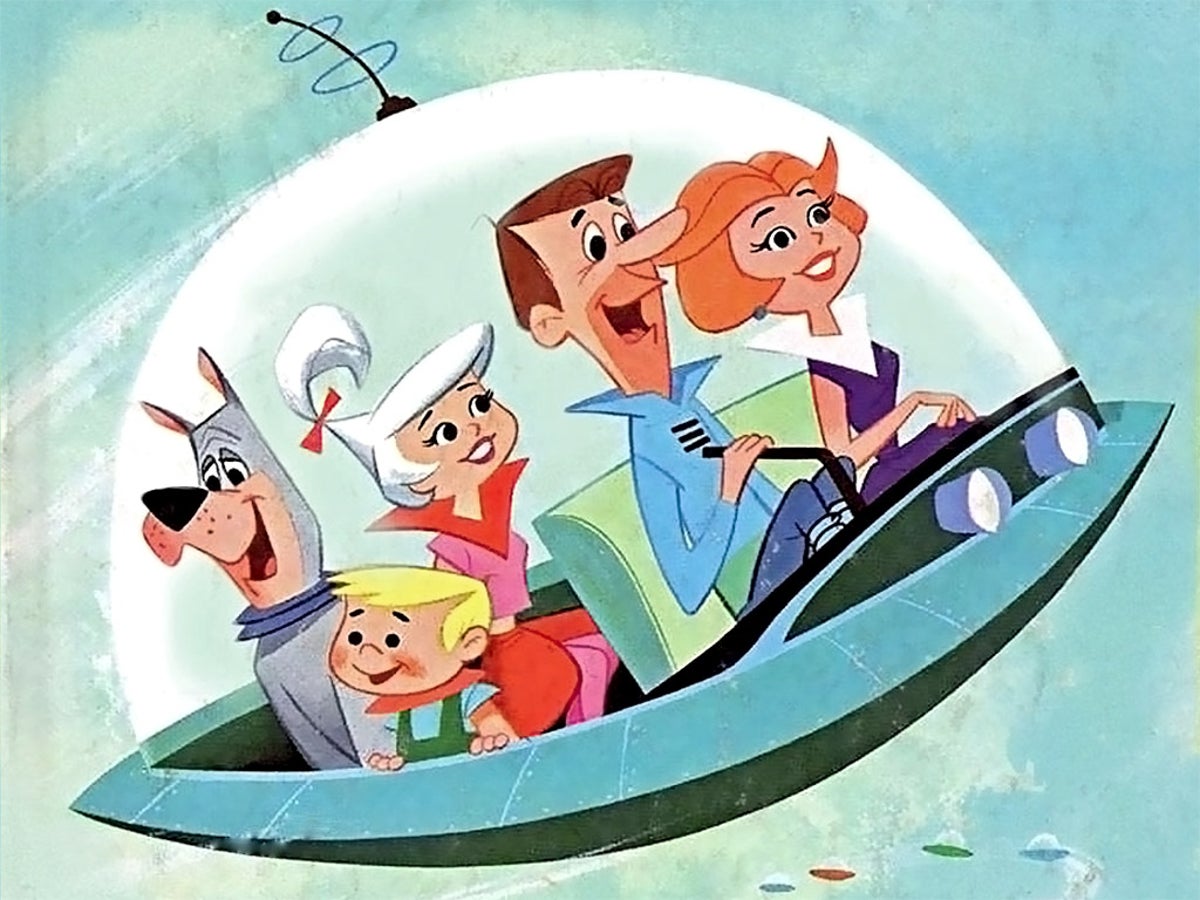Week 9: Space + Art
Though it is challenging to pursue space exploration, the world has always remained fascinated with reaching greater achievements in relation to the universe. Space is a largely unfamiliar frontier for us, and throughout the years many nations have focused on developing technologies to gather a better understanding of what lies beyond our planet. Speculation of space theories date back to as early as the 1500s where Nicolaus Copernicus proposed a heliocentric model of the solar system with the Sun at the center. At the time people disagreed with the heliocentric model, however, Copernicus' act of courage in sharing his theory has since then revolutionized our understanding of space and led to more fascinating discoveries.
 |
| Heliocentric Model |
As our fascination with space grew, we began developing and using tools to assist our discovery of space. Perhaps the most influential tool was the telescope which was first used in the 17th century. The telescope provided a foundation to uncover a substantial amount of important details of the universe, and as technology became more advanced, the advent of nanotechnology also revealed greater details of the unknown. Ultimately, space discovery became a competition between nations in which the U.S. and Russia were head to head in a space race to establish superiority in the unknown frontier. This was extremely beneficial to the field of science and the education system because it pushed the world to strive for greater achievement at a rapid pace.
 |
| 1700s Telescope |
In relation to art, space has influenced many films and forms of entertainment since the 1950s. Our fascination with space and discoveries within the field has allowed us to not only accurately depict what lies beyond Earth but also further romanticize about space discovery through the medium of film. One of the most notable examples is The Jetsons that demonstrates the intersection between space and art.
 |
| The Jetsons |
Images:
Riebeek, Holli. “Planetary Motion: The History of an Idea That Launched the Scientific Revolution.” NASA, NASA, https://earthobservatory.nasa.gov/features/OrbitsHistory.
George Adams 4' Gregorian Telescope, English | Bada. https://www.bada.org/object/george-adams-4-gregorian-telescope-english.
“Back to the Future: Why the Jetsons Is the Most Influential TV Show Of.” The Independent, Independent Digital News and Media, 25 Oct. 2012, https://www.independent.co.uk/tech/back-to-the-future-why-the-jetsons-is-the-most-influential-tv-show-of-the-20th-century-8225272.html.
Sources:
“Copernican Heliocentrism.” Wikipedia, Wikimedia Foundation, 7 Mar. 2022, https://en.wikipedia.org/wiki/Copernican_heliocentrism.
“Galileo and the Telescope.” The Library of Congress, https://www.loc.gov/collections/finding-our-place-in-the-cosmos-with-carl-sagan/articles-and-essays/modeling-the-cosmos/galileo-and-the-telescope.
History.com Editors. “The Space Race.” History.com, A&E Television Networks, 22 Feb. 2010, https://www.history.com/topics/cold-war/space-race.
Vesna, Victoria. “Lecture Part 1.” Space and Art. Space and Art, 26 May 2022.
Vesna, Victoria. “Lecture Part 6.” Space and Art. Space and Art, 26 May 2022.
Hello Jonathan,
ReplyDeleteI really enjoyed your post on this weeks lesson on space and art. I think that there are many ways that we can incorporate art with space, just like we talked about in lecture. Your input on the telescope was very cool as it gave me a new perspective on the topic this week. I very much agree with you on the fact that space has been used in films for a very long time, I also included that in my post. Overall I think that your post was very good and I am very happen to have come across it as it gave me further insight on this week's topic!